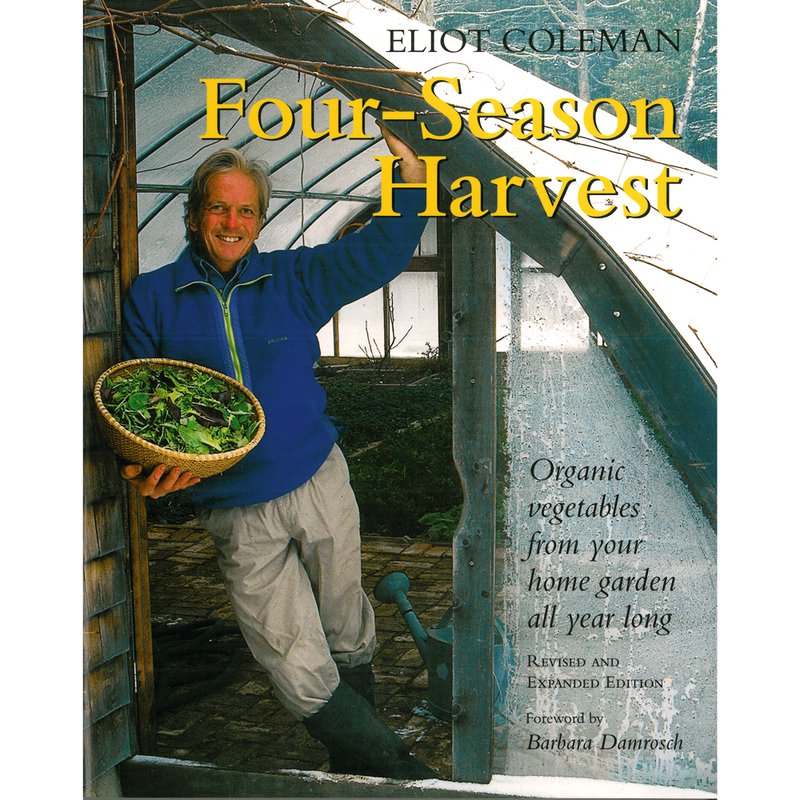
Editor’s Note: BGirard lives in a large Midwestern city. Her blog, Pinching Lincoln is self-described as Recording some of the crazy things I am doing to keep our household budget below $17,500 while maintaining a middle class lifestyle, including a mortgage and organic whole foods.
She’s funny, ironic and serious in turns, and is making her organic urban garden work for her and her husband. Born in Germany, and now a permanent resident in the US, she will have occasional appearances in Country Life, narrating her version of the American dream.
Garden Planning – OCD Nerd style
That’s what my garden plan looks like–like a nerd built it, in a spreadsheet. Yup, I’m a nerdy geek. You know what else? I am prone to using the scientific names when referring to plantings. It’s how my brain works.
I have all of my planting areas laid out into a 6 inch by 6 inch grid, the walkways are coloured in, the plants I intend to plant are positioned and sized properly.
There is likely to be some tweaking, since I have not yet checked for cross-breeding of sub-species and also have not yet decided how much hand pollination I want to do for seed-saving purposes.
At least the cucurbitaceae (cucumbers, squash and their ilk) and gramineae (grass-based grains, in my case maize, and in the fall, wheat,) will have to be partially hand-pollinated as I just don’t have the room to fully separate them.
As far as the solanaceae (tomatoes, peppers, eggplants and potatoes,etc), they are all open pollination, so I’ll let them have their neighborhood party and be done with it.
The hot peppers will be diligently separated and kept from all the fun. I do NOT want to bite into a delicious, hand-raised, lovingly prepared stuffed pepper and have it be HOTHOTHOT beyond the spices I add ‘myownself’.
The Back 40
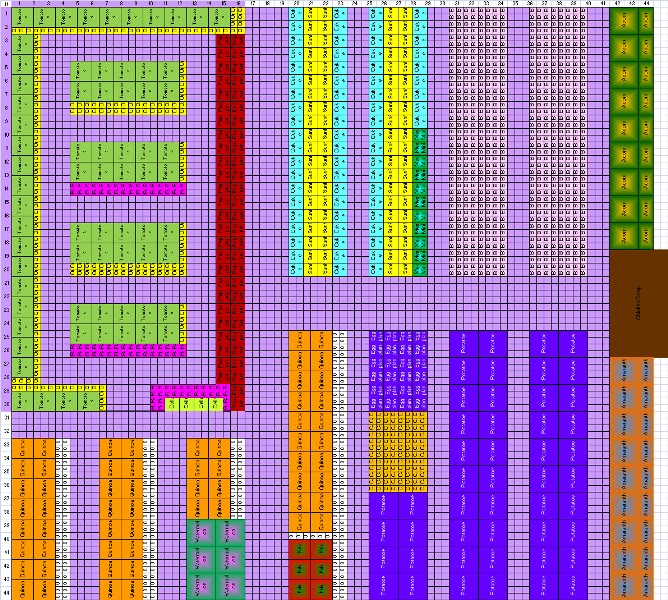
I plan out four basic planting areas. Here is the largest one. We call it the back 40, it’s 44 feet on each side.
The (coming soon) high tunnel is in there, upper left corner, and the chicken coop is also planned out for its new location, so the little feathered raptors can help me with pest control.
I plan on what to plant where, and to some extent when I’ll plant by using this spreadsheet. I know the space requirements of each plant and have a little template of them which I copy however many times I want to plant a certain plant and then I play with the plantings until things fit.
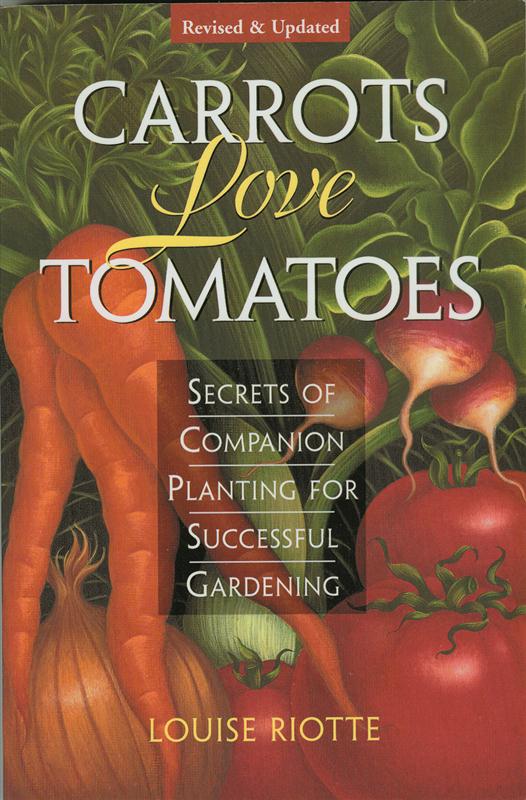
Companion Planting
I consider who plays well with whom, who will play a bit too well with whom, who does not like to play with whom, who will get into fights, who will attract the wrong kind of attention, who will attract the right kind of attention, who will make good wing men and who will ripen/ be harvest-able at coordinating times.
Then there is the new and improved consideration of “where will the chickens be most helpful, which plants should not be accessible to them and for what reason?” (Is a plant poisonous to chickens? Not beneficial for them? Growing for their winter rations?) And then I need to find the areas where the chickens may do the damage too. I also consider what was planted here last season and what will I stick in that spot for Garden 2014. Everything is all about planning ahead.
Operation Garden
There are also some areas on this plan that do not get full sunlight, so that has to come into the equation, too, as well as which areas drain better than others. And then there is the arguing with the Hubbin about where he has to dig first (you didn’t think I did this all on my own?) and which plants he has to help me with and why they have to go here and not over there…
For the record, I call this fun. I no longer do this thing for pay, so it’s even MORE fun! And it really is kind of rewarding to play around with, to set the garden up for the next 2 years, figuring in crop rotation and household needs. I try to plan so that I have at least a 2 year stock of the veggies I do not buy any more, so that if there is a crop failure like tomatoes last year, I have back-up. (I had some dehydrated tomatoes from 2011 left and they were still completely delicious, by the way, if you were wondering.)
I have about 5 years or so worth of seed in the freezer, so I can operate this kind of setting on a seed/plant budget of less than $200.
I do not list all of my planned plantings in this outline as there are things I stick in wherever they can fit in for all the various reasons, like space, companion, growing season, etc. The herb garden is not even on here, neither are the strawberries or any of the other ‘permanent residents’, except the Asparagus, and that’s because the beds are moving this winter, and the established Asparagus will not fill the new bed fully. I have planned rotating stock to fill that empty space this year.
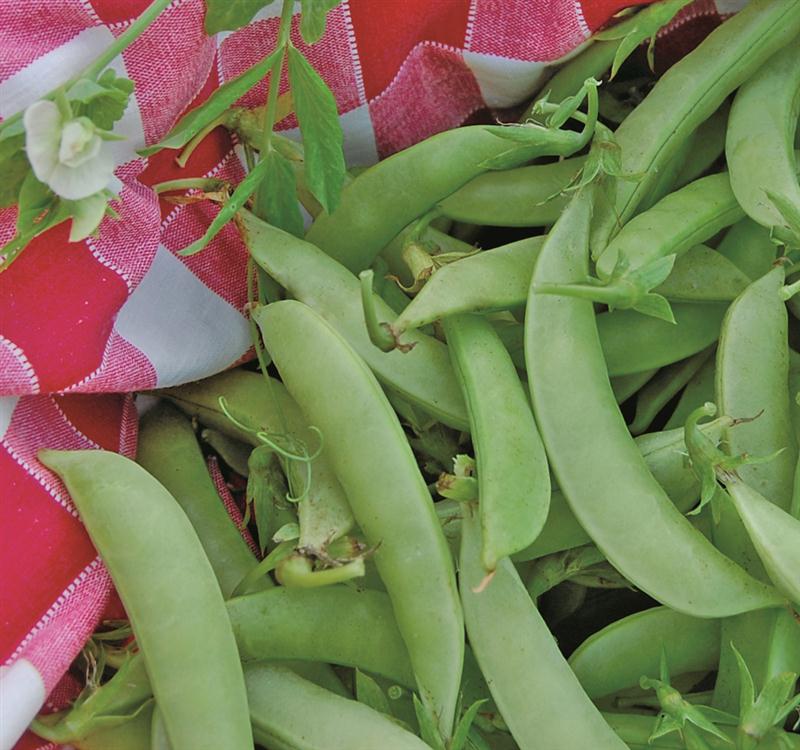
Cover Crops In A City Garden? Yes.
Ah, yes, empty space… I try to not have any. My cover crops are fruit-bearing, think Buckwheat and Peas, both of which bind nitrogen into the soil, Alfalfa is on the horizon. What will I plop into any free space? Onions, Nasturtiums, Dill, Radishes, small and fast growing plants or beneficial companions.
This ‘side planting’ helps with weeding (never done), maximizes my harvest and at the same time minimizes the need to squish bugs by either confusing them or attracting beneficial insects. Although squishing bugs is cathartic, once I got over the ick factor.
The reason the ‘walkways’ are coloured in as part of the grid is because my beds are not actually raised. All the beds are merely marked off with string or modular fencing. I can ‘spill over’ into the spaces between plantings, which gives me more freedom to accommodate my plants if need be. A quick dig with the broadfork and I am off and running. So my layout changes somewhat from year to year, and we’ve added spaces to to the ‘Back 40 Plan’ every year we’ve been at it.
The other part that makes the grid a functioning tool for me is by following the seeding and planting calendar that shows me when to put things in the ground and when to expect to harvest them in relation to each other. So I have a winter, spring and fall plan, which is, of course, a fluid reality. Additional plantings happen when the first crop in the ground is spent–I can’t get too locked into a date on a calendar.
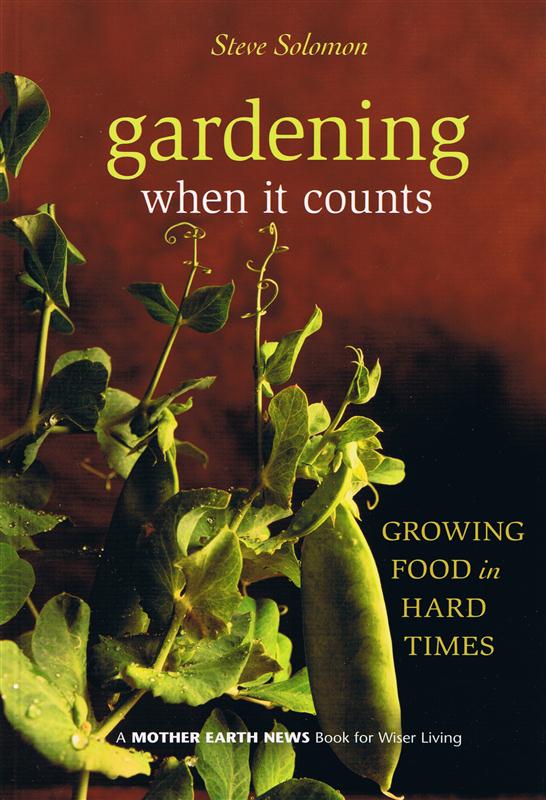
A final thought…
This will be my 4th year of planning the garden, and my garden has NEVER looked like the plan. It’s a starting point, a flexible plan. If I suddenly realize that I have a 100% germination rate with the peppers, but the tomatoes are failing, then I go with that.
If the spring is so hot that the carrots all shoot into flower before the roots become more than the size of my pinkie then I just cover the flower heads and collect the seed, ’cause hey, seed! and I move on from there, checking if I have room for other carrots planned into the fall garden.
And if the spring is so wet that my low point; which is usually the most fertile; is under a half inch of water, then the early plants go elsewhere and I move the late seeds around, and hope things drain.
This is nature I am planning with, things change. I cannot control these things, but I can plan for the eventualities. Probably the most important thing this plan does help me with is understanding and learning what can be done with my little plot of land.



























